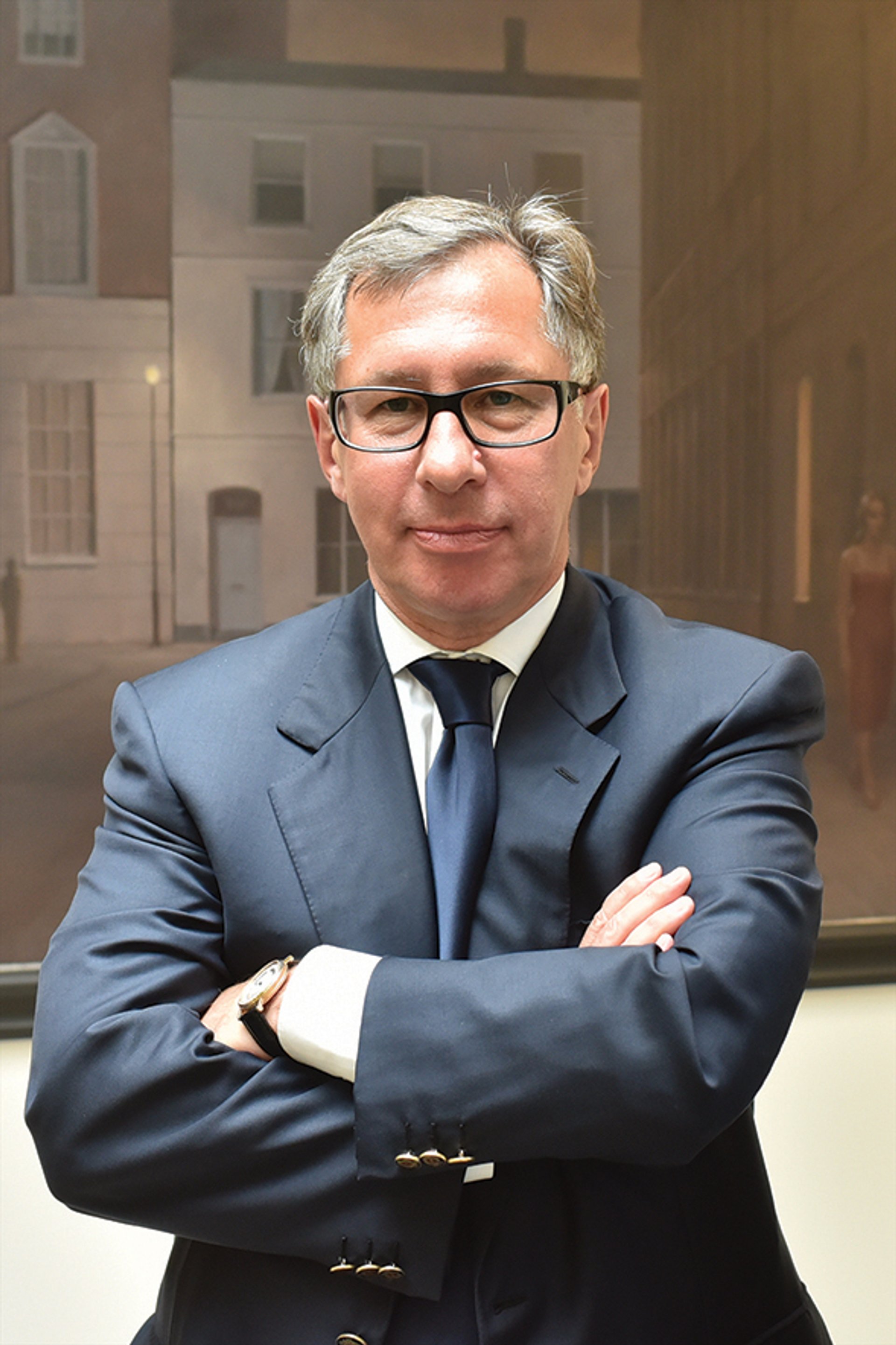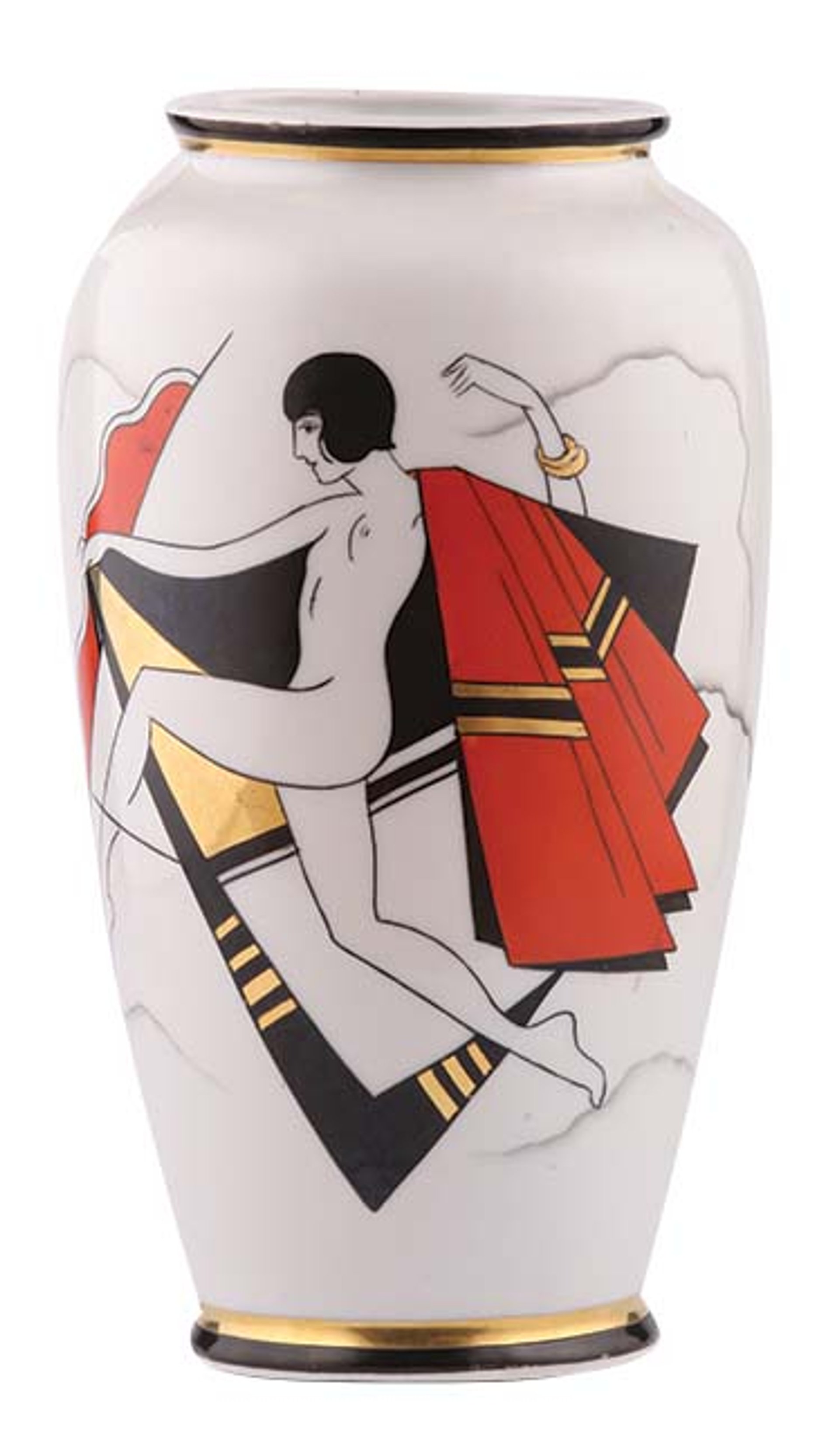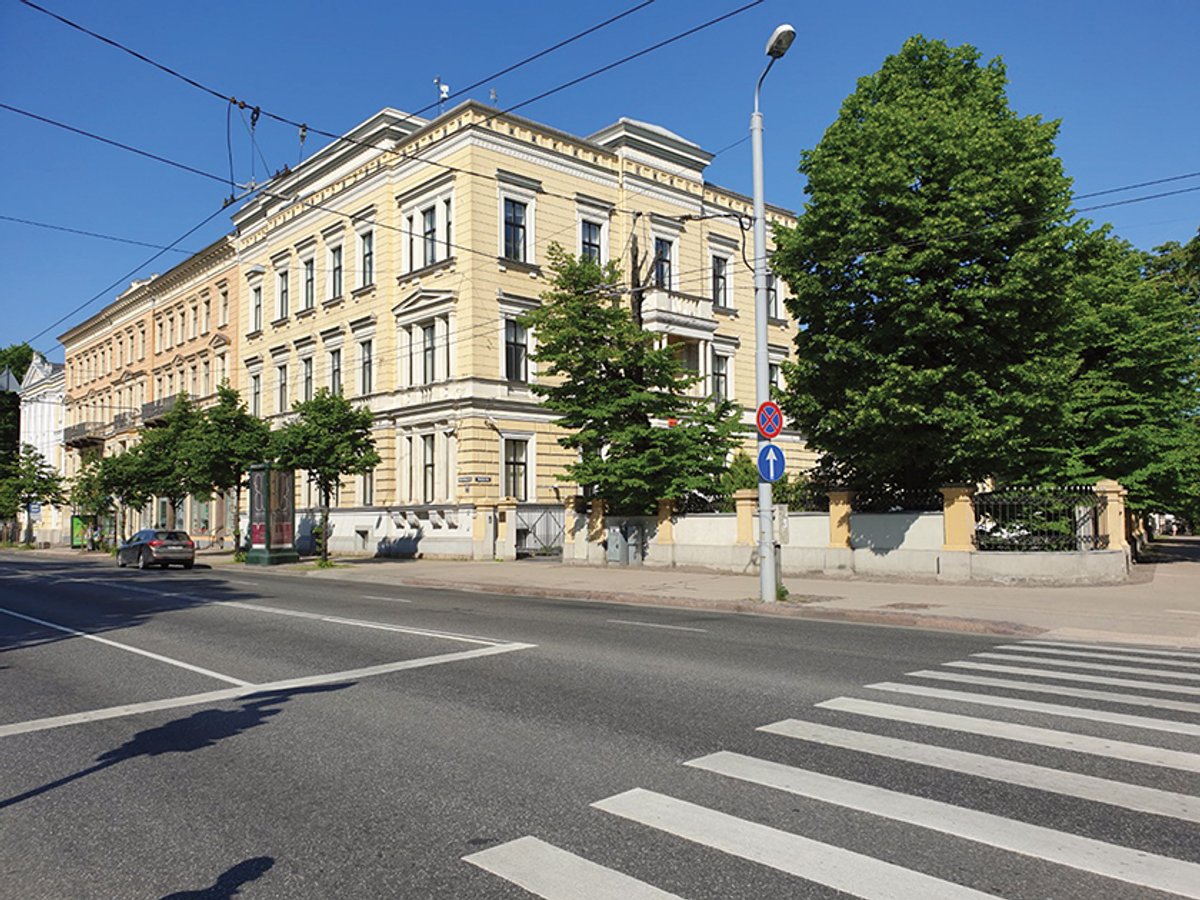The Russian banker and avid art collector Petr Aven (who is worth $5bn, according to Forbes) is planning to open a private museum in Riga, the capital of Latvia, in 2025. He has family roots in the Baltic country.
Aven has had a philanthropic foundation in Latvia since 2008. Last year, the foundation purchased a building for the museum opposite the Latvian National Museum of Art. A local legislator has raised concerns over the building’s Second World War Nazi connections, and hopes the new museum will address the fate of Riga’s Jewish community.
“Right now we are entering into the active preparatory phase, which includes creating the concept and developing the reconstruction plan for the building,” Aven tells The Art Newspaper. “This will be a museum of Russian and Latvian art, where temporary exhibitions from various private collections will also take place.”

Aven is based in Moscow but has Latvian roots Riccardo Lugermad
In an interview last year from his Moscow home, which is filled with paintings and decorative art, Aven discussed the difficulties of exporting art from Russia. He has said he wants to open a museum in Moscow as well.
Aven’s collection ranges from 20th-
century Russian avant-garde paintings to Russian ceramics, and Latvian and Soviet porcelain. Holdings include works by the Latvian artist Aleksandr Drevin, who was killed during Stalin’s Great Terror, and his wife, the Russian avant-garde painter Nadezhda Udaltsova. Works from the collection have been shown at exhibitions in Russia and abroad, including at Ronald Lauder’s Neue Galerie in New York, which Aven has described as his ideal museum.
Focus on porcelain
Nadezhda Stepanova has been appointed director of the Riga museum. She previously led the highly regarded Moscow private museum, the Institute of Russian Realist Art. It shut down in 2019 after its founder, the banker Alexei Ananyev, fled Russia and had his assets seized following a state bailout of the bank he co-owned with his brother Dmitry.

Dancer (1930s), a porcelain vase by the Latvian artist Sigismunds Vidbergs Photo: Igor Timofeev; courtesy of Petr Aven Charity Foundation Generation
Riga porcelain will be a focal point of Aven’s museum. The curator Lyudmila Neimysheva says the collection includes “unique examples” of porcelain and ceramics created in the city’s studios and factories in the 1925-40 interwar period that are comparable in artistic significance to Soviet propaganda porcelain.
“The activity of Latvian professional artists in the 1920s and 1930s in the field of artistic porcelain and ceramics is not only an important contribution to the treasury of Latvian decorative arts, but also complements and expands the scope of world cultural heritage,” Neimysheva says.




